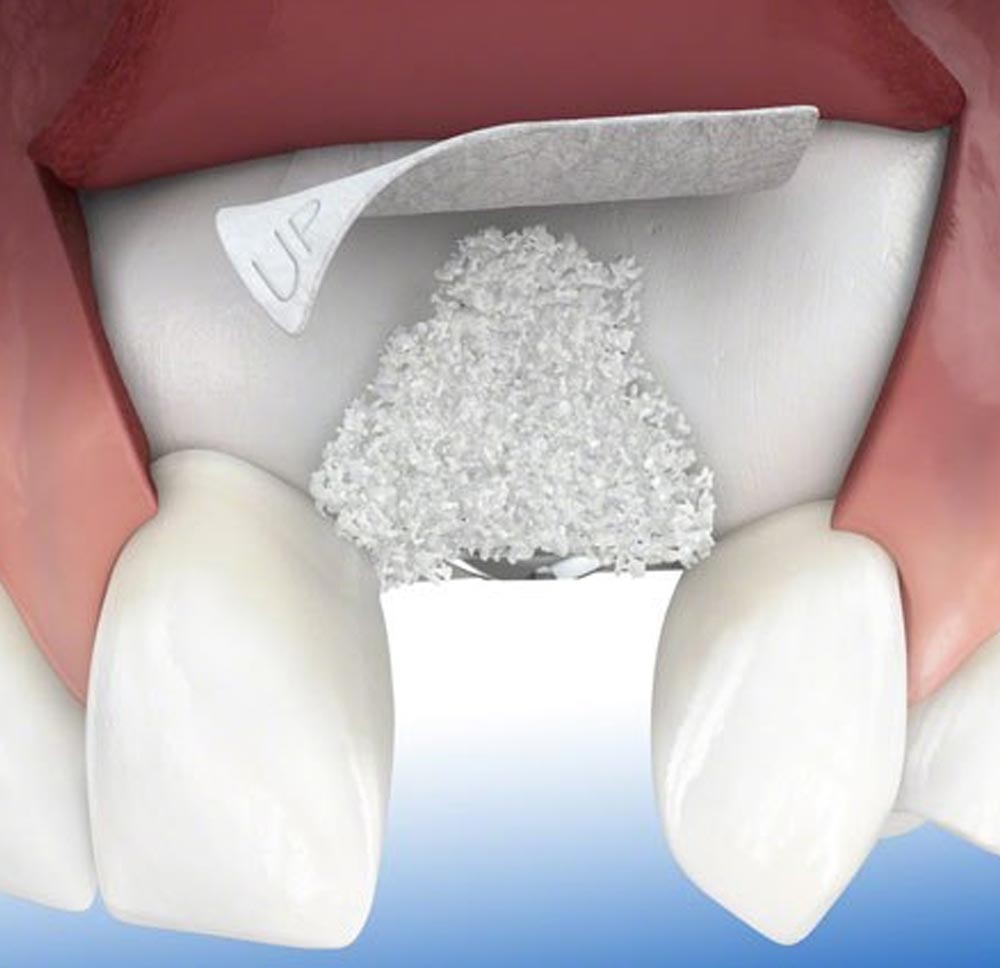Soft Tissue and Bone Grafting
When gums recede, the roots of teeth are exposed, making teeth appear long and causing sensitivity to hot and cold. The cause of receding gums may be genetic, a poor bite, aggressive tooth brushing or periodontal disease.
A soft tissue graft will repair the problem. Gum tissue is scraped from the palate or some other source and used to prevent further recession, cover the exposed root or roots to protect teeth from decay, reduce sensitivity and improve the look of your smile.
Gums should fit snugly around the teeth, but periodontal disease creates spaces and pockets causing supporting tissue and bone to be destroyed. If the damage is too severe, teeth need to be extracted. However, there are procedures that regenerate the bone supporting the teeth that can reverse the damage. During the procedure, the gum tissue is folded back and the bacteria that are causing the disease are removed. Membranes (fillers), bone grafts or tissue-stimulating proteins can be used to regenerate bone and tissue and stop the progression of periodontal disease. Good oral hygiene and professional care can help reverse the progression and improve the chances of keeping your teeth.


Bone grafting is a surgical procedure that replaces missing or insufficient bone. In addition, the procedure also helps your body regrow lost bone. The bone graft material sometimes comes from the patient or sometimes from a donor; some are synthetic. New bone growth strengthens the grafted area by forming a bridge between your existing bone and the graft. Guided Bone Regeneration (GBR) is a procedure in which a membrane is placed over the bone graft site. This membrane further encourages new bone to grow and also prevents the growth of scar tissue into the grafted site.
This procedure is done in the office under local anaesthesia and sedation. The procedure is not painful, although there may be normal post-operative swelling. After a few weeks of care, the area is healed. Success rates vary depending on issues such as the location of the site and the patient’s overall health.
When teeth are removed, often surrounding tissue (bone and gum) loss can occur. This can make it difficult to replace the tooth with bridgework or an implant and can result in additional surgical procedures. This problem can be greatly reduced or eliminated by supporting bone and soft tissue formation with graft material following tooth removal, even if an implant is immediately placed into the extraction socket.
